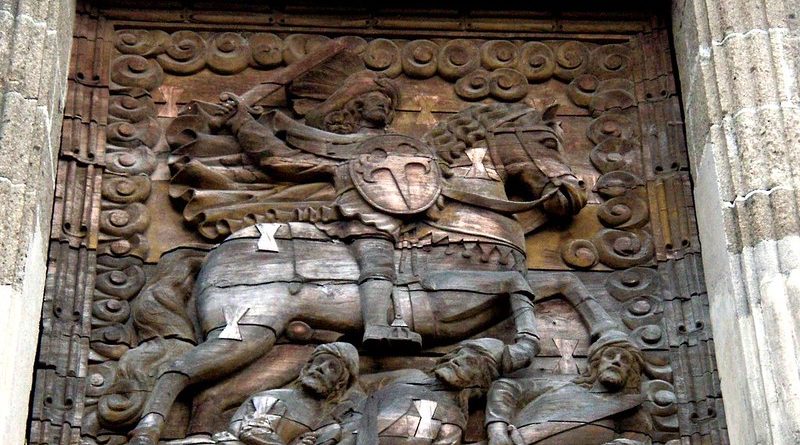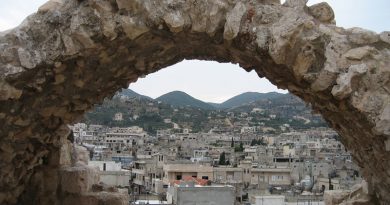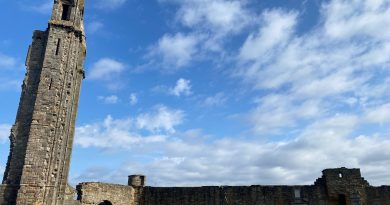The Spanish Conquest of the Phillipines
It might seem like a mad, modern and metropolitan but Cebu City is actually the oldest city in the Philippines. Today its home to 900,000 people.
Before the arrival of the Spanish in the 16th century, the natives here already had extensive trade routes with China . An eye witness account says that as the Spanish arrived, boats from China and Arabia were docked in the port, trading gold jewellery and porcelain.
On 20 September 1519, Ferdinand Magellan led five ships with a crew of 250 people from the Spanish fort of Sanlúcar de Barrameda en route to southeast Asia via the Americas and Pacific Ocean. They reached the Philippines on 16 March 1521. Arriving in Cebu City, Magellan, with Enrique of Malacca as translator, befriended Rajah Humabon the Rajah or King of Cebu and persuaded the natives of allegiance to Charles I of Spain.
Humabon and his wife were given Christian names and baptized as Carlos and Juana. The Santo Niño was presented to the native queen of Cebu, as a symbol of peace and friendship between the Spaniards and the Cebuanos. On 14 April Magellan erected a large wooden cross on the shores of Cebu. Afterwards, about 700 islanders were baptized.
The first stage was peaceful but not all of the tribal chiefs were happy to join Magellan. Chief Lapu Lapu of Mactan Island was one of those. Magellan failed to win over Lapu so he sailed with 60 of his best soldiers to defeat Lapu Lapu. They defended the Island gallantly and Magellan was fatally wounded with a poison arrow in his leg and a spear in his head!
The Spanish retreated and it was another 50 years before explorers led by Miguel López de Legazpi, sailing from Mexico, arrived in 1565, and established a colony.
The Spaniards fought the King, Rajah Tupas, and occupied his territories. The Spanish victory meant they would control the Philippines for another 350 years .They gradually conquered each island and each community as they went. There are lots of original Spanish era buildings remaining across the country
During the heyday of the galleon trade, Manila became one of the world’s great ports, serving as a focus for trade between China and Europe. Though Chinese silk was by far the most important cargo, other exotic goods, such as perfumes, porcelain, cotton fabric (from India), and precious stones, were also transshipped via the galleons
After unloading at Acapulco, this cargo normally yielded a profit of 100–300 percent. On its return voyage, the vessel brought back huge quantities of Mexican silver and evangelising church personnel bearing communication and a zeal for Christianity from Spain.
The galleons were the sole means of communication between Spain and its Philippine colony and served as an economic lifeline for the Spaniards in Manila.To get there from Mexico, the westerners came up with a new breed of galleons, big enough — some were nearly as long as a football field — to carry hundreds of thousands of silver pesos (coins about the size of a U.S. silver dollar) and as many as 1,000 traders, crewmen, soldiers, settlers and convict laborers traveling to the Far East.
These galleons trekked back and forth across the Pacific singly or in pairs for 250 years until Mexico gained its independence from Spain. Around one out of six trips ended in some kind of disaster. It took around 6 months for the galleon fleets to cross the Pacific .
Today the Basilica del Santo Nino in Cebu City is the oldest Church in the Philippines,. It marks the birthplace of Christianity in the Philippines and the far east. Today more than 80 per cent of Filipino people are Roman Catholics.
Nearby Fort San Pedro is the oldest Military defence structure in the Philippines, it was built by the Spanish in 1565 to protect Cebu against Moro, Muslim pirates and invaders.
Nearby a replica of the Magellan Cross erected on first contact here between Europeans and the Phillipines remains a s a symbol of the 16th century Spanish conquest .




